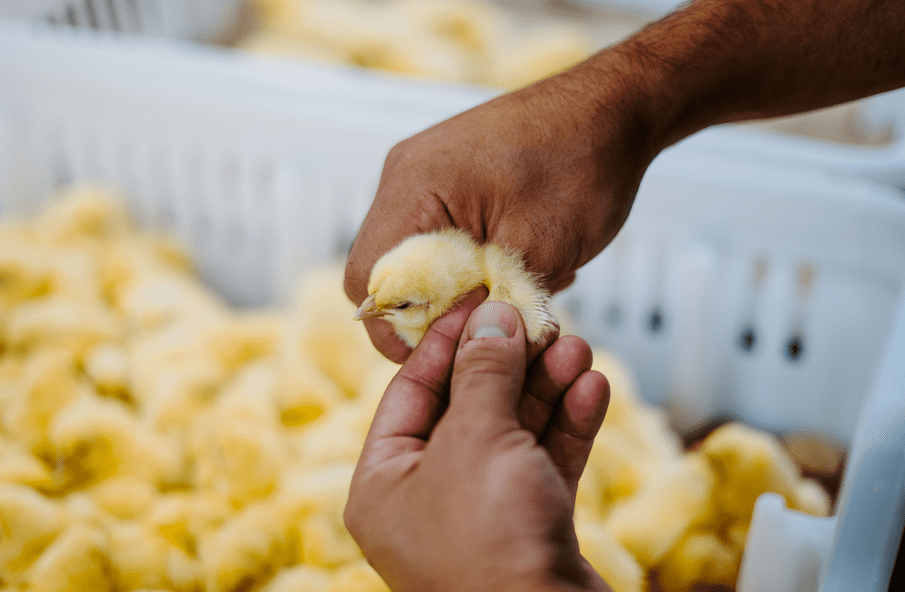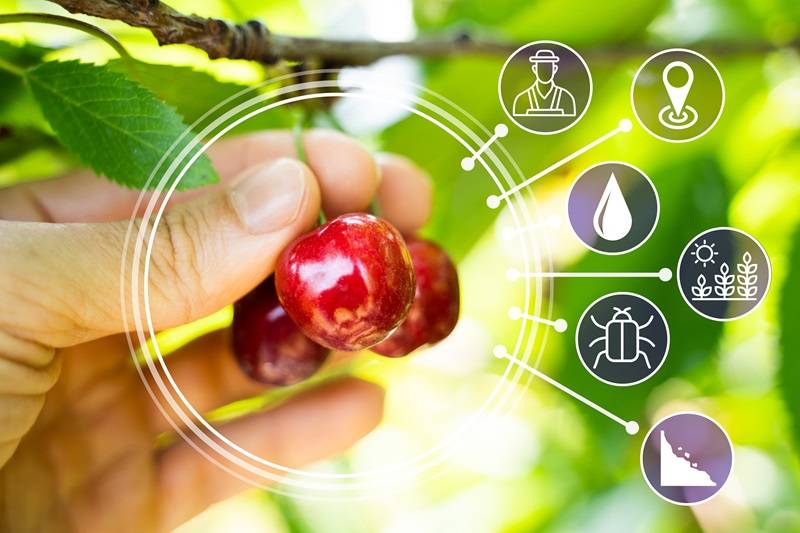Artificial intelligence (AI) has the potential to revolutionize the process of broiler chick sexing, offering benefits such as improved accuracy, speed, efficiency, and animal care. This advancement in technology could have a significant impact on the poultry industry, from hatcheries to processing plants.
The traditional method of visually sexing broiler chicks is a laborious and challenging task that requires trained personnel to carefully examine each chick, leading to potential inefficiencies. Implementing AI technology for chick sex identification not only enhances accuracy and speed but also reduces the risk of human error, ultimately benefiting producers with tighter bird uniformity and ensuring consistency in their operations.
Automating the process of chick sex identification can also contribute to streamlining logistics and planning, which in turn can enhance productivity and contribute to the bottom line for poultry producers. Additionally, automating this aspect of poultry production can help ensure uniformity in weight, enabling downstream automated processes to handle the birds more efficiently.
While there are existing automated alternatives to manually sexing birds, such as in-ovo sexing and vent sexing, these methods also require expertise and may be considered invasive. As a result, the integration of AI technology into automated imaging systems for chick sex identification presents a promising solution for the industry.
Several AgTech companies are leveraging AI technology to develop automated imaging systems that can accurately identify the sex of day-old chicks. These systems offer a more efficient and less invasive alternative to traditional methods, with some solutions capable of sexing and sorting thousands of chicks per hour.
One notable example is TARGAN’s WingScan technology, which uses advanced vision systems and artificial intelligence to identify feather characteristics with up to 98% accuracy. This system has the capacity to sex and sort up to 160,000 chicks per hour, making it a viable option for large-scale poultry producers.
It is important to note that the effectiveness of AI technology for chick sexing depends on the breed of birds being produced. Different breeds may require specific technologies or methods for accurate sex identification, and hatcheries should consider the compatibility of AI systems with their specific breeding programs.
While professional chick sexers using traditional methods can achieve high levels of accuracy, AI technology offers a more consistent and efficient solution that improves with continued use. As machine learning algorithms are trained on more data, they can enhance their accuracy and performance over time, making them a valuable asset for the poultry industry.
In conclusion, the integration of AI technology into broiler chick sexing processes has the potential to transform the poultry industry by enhancing accuracy, speed, efficiency, and animal care. By embracing these advancements, poultry producers can improve their operations, streamline their processes, and ultimately optimize their productivity and profitability. The development of advanced systems like the one created by TARGAN has revolutionized the poultry industry by leveraging artificial intelligence to accurately sex birds. These systems have been trained on a vast database of images, allowing them to differentiate between birds based on various factors such as age, producer, and time in the incubator. The expertise of industry veterans is crucial in continuously refining and enhancing the system’s capabilities, ensuring greater accuracy with each iteration and update.
Installation of these cutting-edge solutions is seamless, as they can be integrated into a hatchery’s existing setup after shell separation and before vaccination. Once installed, the automated systems can be remotely monitored by the manufacturer, simplifying the process of identifying and resolving any anomalies or issues that may arise.
For producers who are not already sexing birds manually, these AI-driven systems offer a compelling alternative that can transform their operations. The benefits extend throughout the entire production chain, from hatcheries to processing plants. By providing greater control over bird weights and enabling enhanced feeding strategies, these systems can lead to higher yields and more consistent product quality.
In addition to sexing birds, these systems can also detect other factors such as weight discrepancies and the ratio of male to female chicks, which may go unnoticed during manual checks. This early detection capability can alert operators to potential issues within the hatchery, such as inadequate conditions, disease outbreaks, or genetic problems, allowing for timely intervention and prevention.
Processing plants also stand to benefit from the implementation of AI-driven sexing solutions, as the consistent and uniform broilers produced can facilitate the introduction of new automation processes, improving overall efficiency and order fulfillment.
Ultimately, the goal of any business, including those in the poultry industry, is to optimize costs while maintaining efficiency and product quality. Chick sexing plays a crucial role in achieving this goal, as it not only ensures accurate identification of bird sex and destination but also contributes to the welfare and health of the animals by handling them with care.
In conclusion, the integration of advanced AI-driven sexing solutions in poultry production has the potential to revolutionize the industry by enhancing accuracy, efficiency, and overall productivity. By empowering producers with greater control and early detection capabilities, these systems pave the way for a more sustainable and profitable future for the poultry sector.




